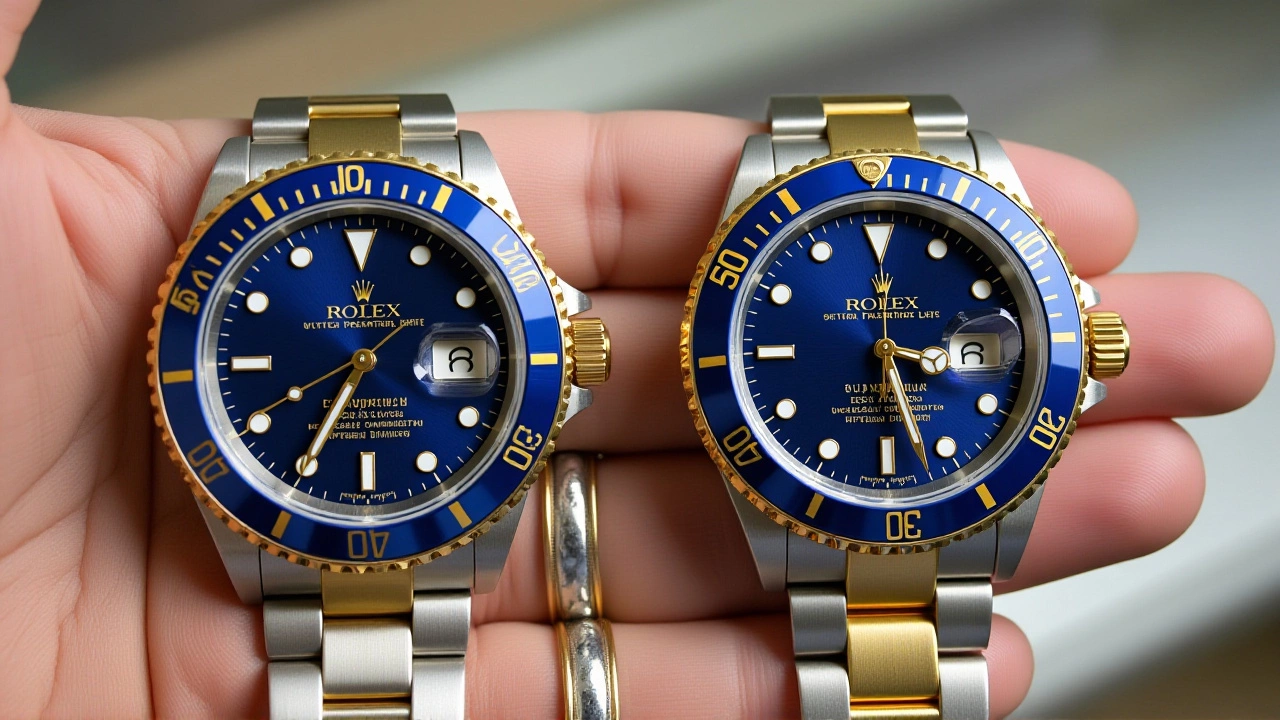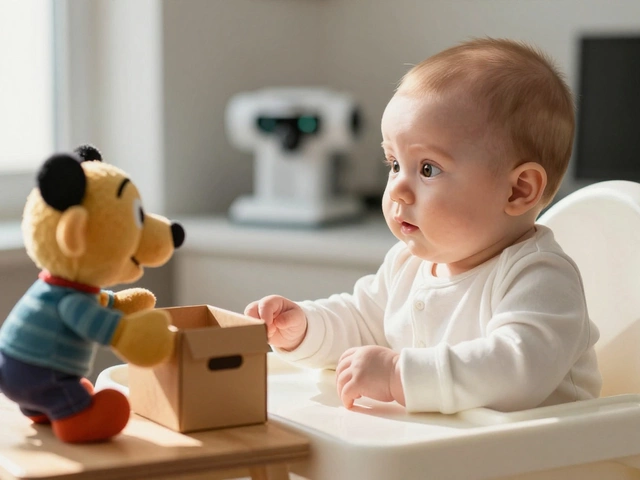
When Rolex SA, the Swiss luxury‑watch giant based in Geneva, started seeing a surge of high‑quality fakes around 2020, even seasoned collectors began getting duped. The fallout? A market flooded with “superfakes” that mimic genuine details so well you need a loupe – and an expert eye – to tell them apart. Here’s why it matters: a counterfeit not only steals money, it can damage the reputation of a brand whose name is synonymous with precision and status.
Why Counterfeits Are Rising
The internet has turned watch‑trading into a global bazaar. Platforms that once hosted only vintage pieces now showcase brand‑new replicas made with pricey components. According to Watchfinder, a UK retailer owned by Richemont since 2018, counterfeiters have perfected laser‑etching and CNC machining, borrowing genuine serial numbers to bolt credibility onto fakes. The twist is they often blend real parts – like a legit crystal – with a fake movement, making superficial checks useless.
Key Authentication Features Every Buyer Should Know
Below is a quick‑look checklist of the tell‑tale details that separate a genuine piece from a polished copy:
- Laser‑etched crown at the 6 o’clock position on the sapphire crystal – tiny bubbles you can’t see without magnification.
- Rehaut inscription: the word “ROLEX” repeated around the dial, plus the serial number at 6 o’clock. The etching should be crisp but not razor‑sharp.
- Movement type: authentic models use automatic, smooth‑sweeping movements; a ticking second hand screams quartz.
- Cyclops lens: date models magnify the date 2.5×. Only the Sea‑Diver Deepsea lacks it.
- Caseback transparency: genuine Rolex never shows a clear back, except for a handful of very rare pieces.
- Bezel click count: Submariners and GMT‑Masters produce exactly 120 audible clicks per full rotation.
The micro‑etching is authentic Rolex DNA – almost invisible, but a fake will often have larger bubbles or a completely blank crystal.
Insights From the Front‑Line Dealers
Bob's Watches, a US‑based specialist that’s been in the game since 1994, says the crown etching is “extremely difficult to replicate; if you can’t see it under a 10× loupe, you’re probably looking at a fake.” Meanwhile, JD Watches NY, operating out of New York City, warns that many replicas skip the rehaut engraving entirely, or the text looks “blurry, obvious.” Debonar Watches stresses that a genuine Daytona runs on the in‑house Caliber 4130 with a 72‑hour power reserve – anything else is a red flag.
Common Pitfalls and Red Flags
Even seasoned collectors can fall for a few classic tricks. Counterfeiters often:
- Use a quartz movement, which ticks once per second – a dead giveaway.
- Replace the crystal with a lower‑grade sapphire, making the laser‑etched crown look fuzzy.
- Apply a fake serial number taken from a database like Enquireus; it won’t match the watch’s paperwork.
- Present a transparent caseback – only a handful of vintage models ever had that.
When you compare a suspect piece side‑by‑side with an authentic reference, the differences pop out: the weight, the feel of the bracelet, the sound of the bezel.
Tools and Resources for Verification
Here’s what the pros recommend:
- A 10×–20× jeweler’s loupe (or a microscope) for crystal etching and rehaut text.
- Access to the official Enquireus database to cross‑check serial numbers (you’ll need the watch’s paperwork).
- Movement inspection – open the case back at a reputable watchmaker; the caliber number should be neatly engraved.
- Consultation with authorized dealers or trusted secondary‑market houses.
And, if you’re still unsure, bring the watch to a certified Rolex service center – they can run a full authenticity audit.
Looking Ahead: The Future of Rolex Counterfeiting
As 3‑D printing and AI‑driven design improve, even the most granular details could be replicated. Rolex has hinted at embedding RFID chips inside the movement, a move that would let owners verify authenticity with a smartphone scan. Until that rolls out, the best defense remains education and a healthy dose of skepticism.
Frequently Asked Questions
How can I tell if the crystal’s laser‑etched crown is real?
Look at the crystal with a 10× loupe under bright light. A genuine Rolex shows a pattern of microscopic bubbles forming a faint crown shape. If you see a solid line or larger bubbles, it’s likely a fake.
Do all Rolex models have a Cyclops lens?
Almost every date‑display model does, except the Sea‑Diver Deepsea, which still uses a flat sapphire. The Cyclops magnifies the date by 2.5× and is a quick visual cue.
Why do some fakes have genuine serial numbers?
Scammers harvest serial numbers from legitimate watches sold at auctions or online and imprint them on replicas. Without checking the number against Rolex’s official database, the fake can pass a basic paperwork check.
What’s the significance of the 120‑click bezel?
A true Submariner or GMT‑Master bezel clicks precisely 120 times per full rotation, providing accurate timing for divers. Counterfeit versions often have a sloppy feel or fewer clicks, betraying their inauthenticity.
Should I rely on online videos to verify a watch?
Videos can give you a general feel, but high‑resolution close‑ups are essential. Even then, only a hands‑on inspection with proper tools and expertise can confirm authenticity.



